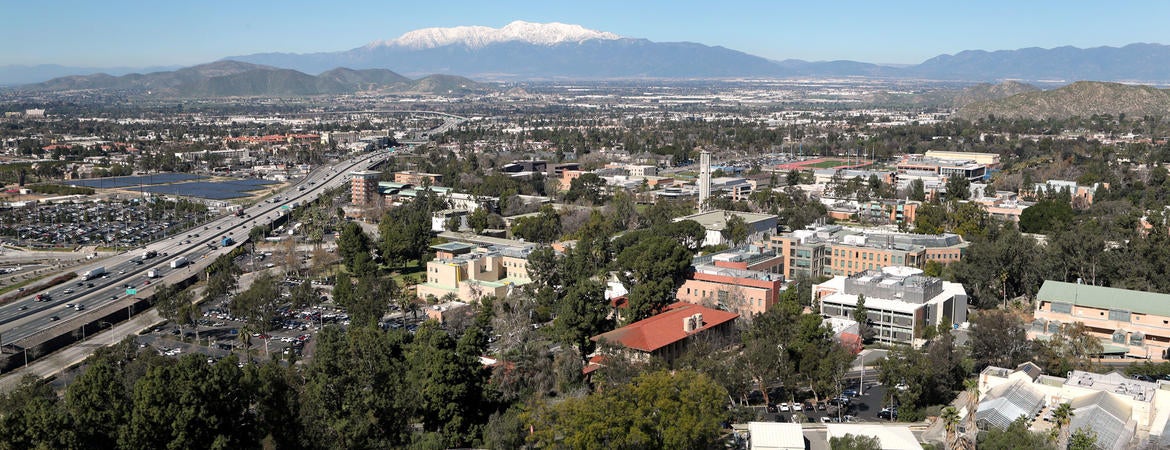
A new study is questioning a number of basic assumptions being made about the economies of inland California under the Region’s Rise Together initiative from the Governor’s Office of Business and Economic Development (GO-Biz). While the analysis, released today by the UC Riverside School of Business Center for Economic Forecasting and Development, throws full support behind GO-Biz’s effort to create a ‘California for All’ future, it argues that a fundamental misunderstanding exists about the economies in the interior part of the state.
“I couldn’t be more supportive of the underlying idea behind GO-Biz’s initiative – it’s about time major policy efforts consider and involve all the state’s regions more heavily – however the conversation has started with the faulty assumption that California’s inland economies are broken, and need to somehow catch up to their coastal counterparts,” said Christopher Thornberg, Director of the Center for Forecasting and the report’s author. “This matters because our understanding of any economy essentially defines the policy prescriptions that are developed to support it. If our fundamental assumptions are inaccurate, the policies will be at best ineffective and at worst counterproductive.”
In the new analysis, which focuses heavily on the Inland Empire, Thornberg presents a far more positive view of that region and other inland economies, arguing that when proper context is applied, the dismal statistics being used by GO-Biz fail on a serious level to accurately characterize what inland regions are and where they are heading.
For example, the statistic promoted by GO-Biz that 70% of California’s job growth from 2010 to 2018 came from the coastal areas around Los Angeles, San Francisco, and San Diego, completely omits growth rates. In 2010, the state’s coastal economies contained over 10 million jobs while inland economies contained just 4 million. By definition, far more jobs will form in the coastal areas because they are building off a much larger base. However, when looking at rate of growth, the inland regions of the state outperform both the coast and the nation as a whole: The employment base in inland California expanded by 24.4% from 2010 to 2018 compared to 21% across the state’s coastal regions and 16.5% in United States overall.
According to the analysis, it isn’t just the growth rate that impresses—so does the overall scale of economic activity once context is provided. “The 4.9 million jobs located in inland California would make it the 8th largest state in the nation by job count – larger than Georgia, Michigan, New Jersey, and Virginia – that is a big economy even if not as big as LA and San Francisco,” said Thornberg.
Focusing on the Inland Empire, the analysis also addresses one of the leading criticisms of the state’s inland economies: that wages are lower than they are along the coast. But according to Thornberg, this is only a reflection of a different type of resident and industry mix. When controlling for education level, wages in the Inland Empire are largely the same as in coastal regions—with the added bonus of significantly lower housing costs.
The analysis argues that the inland parts of the state provide residents, including lower-skilled residents, real opportunity and a path forward, stating that these regions “are the future of growth in California, offering middle and lower skill residents a quality of life they would be unable to obtain along the coast.” Thornberg notes that understanding this kind of context is critical for successful planning and economic development strategy, while oversimplified comparisons to the coast skew what is actually a much more nuanced reality.
The complete analysis, Rising High Requires the Right Foundation: Understanding the Economies of Inland California, also addresses land use and zoning issues in the Inland Empire that may be partly driving economic development challenges. The full report is available here.



